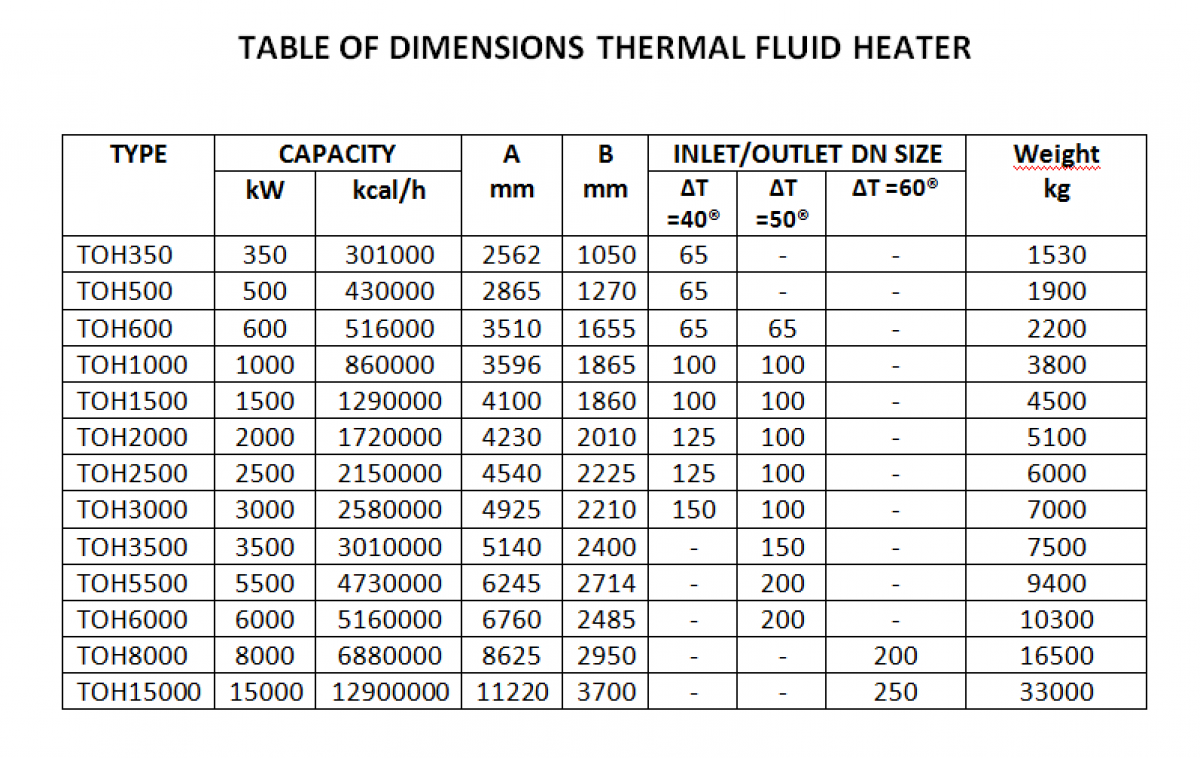Thermosiphon or thermosyphon is a method of passive heat exchange based on natural convection which circulates a fluid without the necessity of a mechanical pump.
Thermal fluid heater working principle.
A thermic fluid heater is industrial heating equipment used where only heat transfers are desired instead of pressure.
Components of sufficient strength are then chosen and the heater is constructed.
15 12 and 15 13 transfers the heat content in the combustion gas to the thermal oil.
Thermal mass flow sensors are most often used for the regulation of low gas flows.
Combustion process heats up the thermic fluid and this fluid carries and rejects this heat to the desired fluid for concluding the processes.
The temperature of the combustion gas at the inlet of the thermal oil boiler is normally about 950 c.
Now these days thermic oil glycol or water are common heat mediums which are used by being heated and circulated to heat energy in industrial purpose within a closed loop system.
A thermal fluid hot oil system operates in a closed loop circulation system with minimal pressure.
This by heating the coil through radiation and convection.
The choice between a steam system or a thermal fluid system is governed by the process requirements.
In this equipment a thermic fluid is circulated in the entire system for heat transfers to the desired processes.
The thermal stability of the fluid is the primary factor for determining its maximum operating temperature.
Thermosiphoning is used for circulation of liquids and volatile gases in heating and cooling applications such as heat pumps water heaters boilers and furnaces.
Thermal oil heaters operate on the same principle as their steam based counterparts.
They operate either by introducing a known amount of heat into the flowing stream and measuring an associated temperature change or by maintaining a probe at a constant temperature and measuring the energy required to do so.
Thermal stability is defined simply as the ability of a heat transfer fluid to withstand the molecular cracking of the thermal stress.
A thermal oil boiler fires through a helical coil and generates energy from the hot products of combustion.
A thermal fluid heater uses a liquid phase heat transfer medium to put heat energy into a process.
The thermal oil heater design process begins with the identification of the most appropriate setup for a given process system.
The thermal oil boiler figs.
Features of thermic fluid heater.
The coil heats the thermal oil or fluid that is pumped through the thermal oil boiler.










